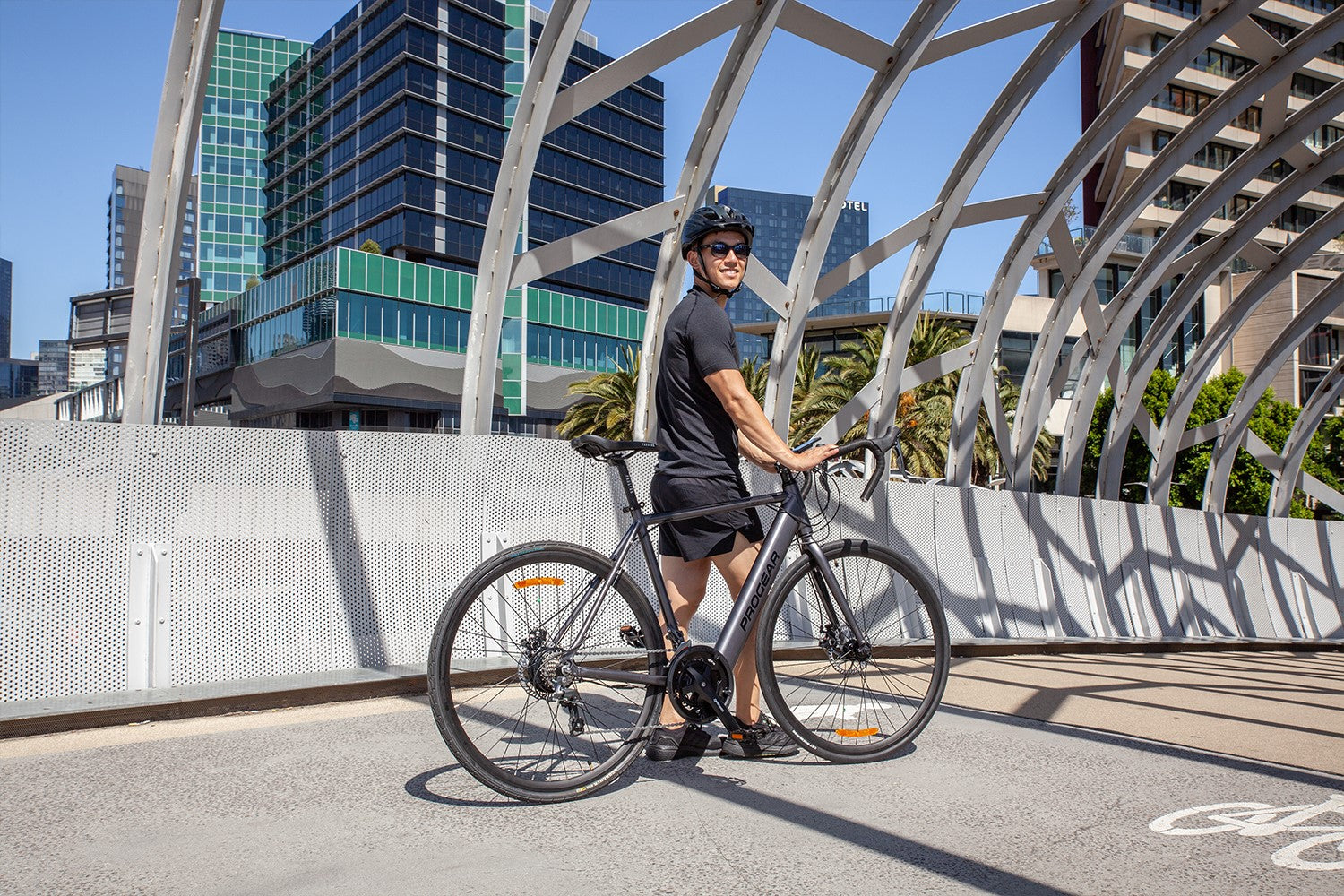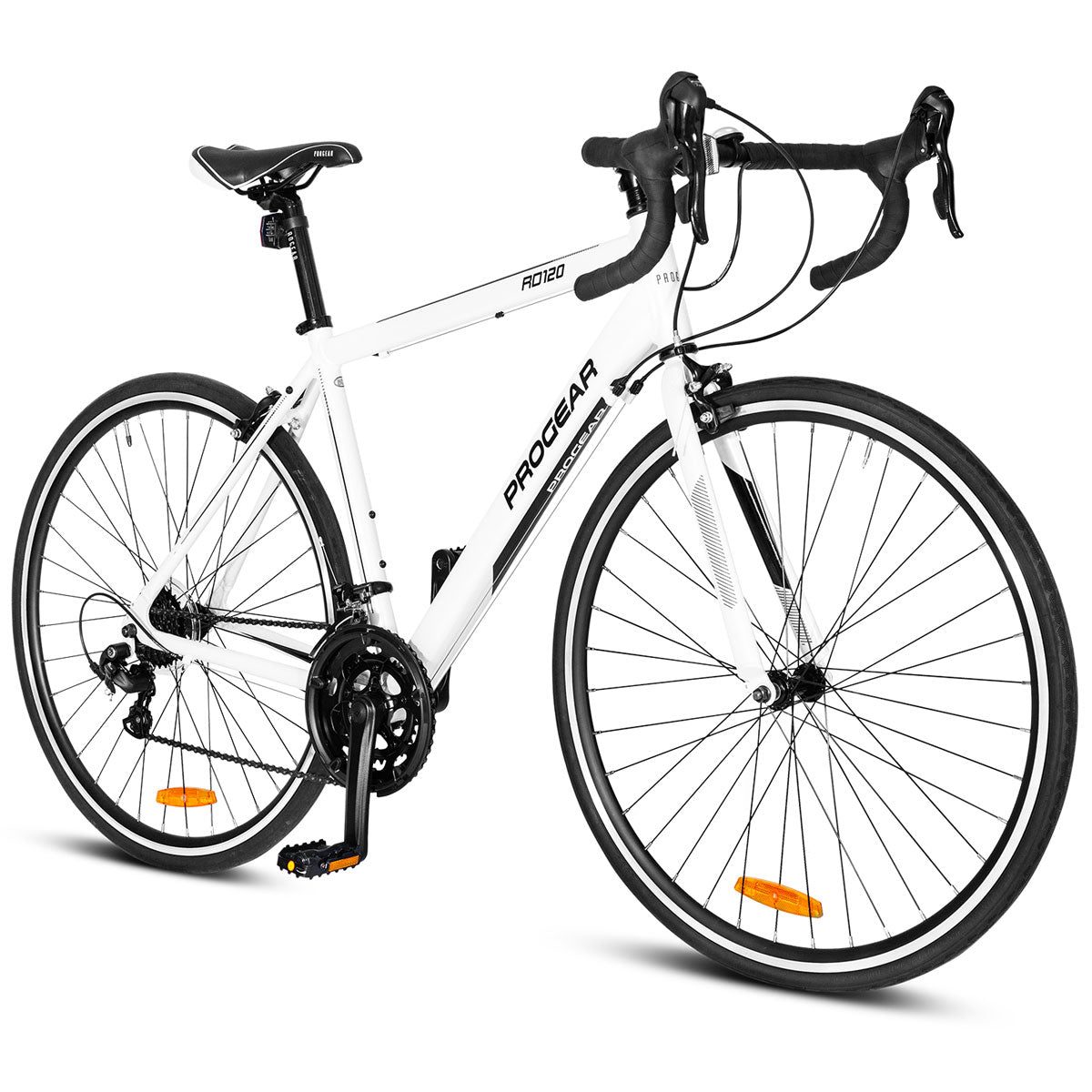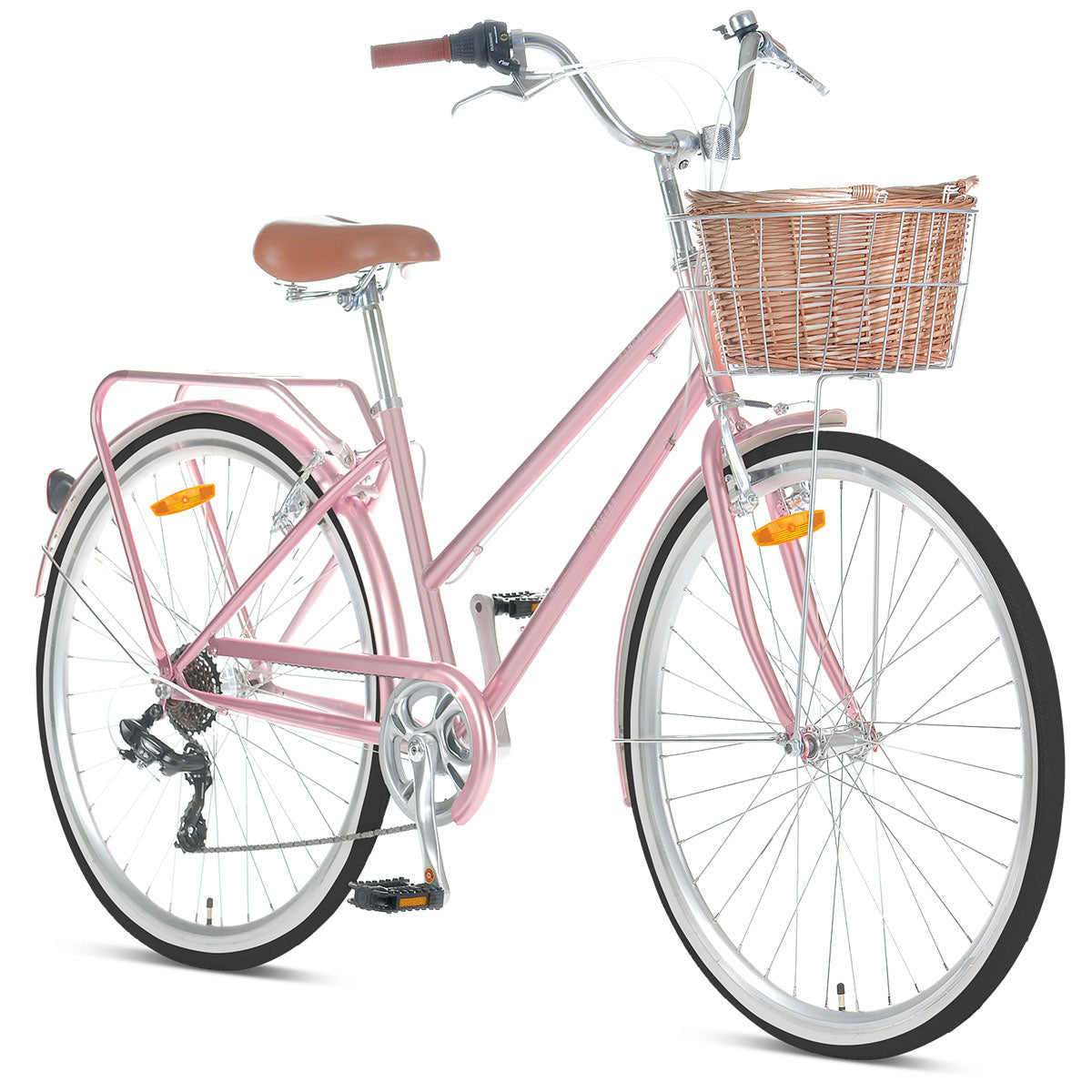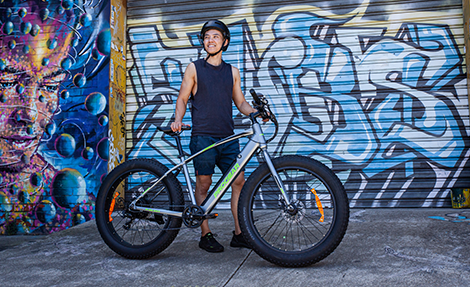
We tend to think of cycling as being mostly a solitary activity. However, putting together a community of likeminded cyclists unlocks a whole new dimension to your ride. Being a part of a vibrant cycling community elevates your journey to become a shared social experience among families, friends and fellow enthusiasts. Not only is it loads of fun, is also fosters a sense of belonging among like-minded individuals. As you immerse yourself in the cycling culture, mastering group riding etiquette is essential for ensuring safety and mutual respect on the road. Learn the intricacies of group dynamics, communication and cooperation to enhance your cycling experience and become an integral part of the cycling community's tapestry.
Benefits of Group Riding

Group riding offers many advantages that go beyond just the physical act of cycling. Firstly, it increases physical activity by providing a supportive environment where cyclists push each other to achieve new milestones and overcome personal challenges. The motivating presence of fellow riders encourages individuals to push beyond their limits and strive for continuous improvement. Group rides serve as social gatherings, providing opportunities for meaningful interactions, the exchange of experiences and the formation of lasting friendships. Group riding also promotes safety by increasing visibility and awareness on the road, as cyclists look out for one another and navigate challenging terrain together.
Organising a Group Ride

Organising a successful group ride is all about planning ahead, communicating with each other and understanding safety guidelines. Begin by planning the route, considering factors like traffic density and road conditions, and communicating it clearly to all riders beforehand. For our top picks of some great bike trails in your area, check out our blog posts on the best trails in Canberra, Melbourne, Sydney or Brisbane. Also take the time to discuss key safety guidelines and hand signals during a pre-ride briefing, emphasising the importance of proper equipment and adherence to traffic laws. Encourage everyone to prepare their bikes and gear adequately, emphasising the significance of hydration, nutrition and basic repair tools. Throughout the ride, maintain open communication and mutual support among riders, ensuring that everyone feels included and understood. By covering these essential topics, you can orchestrate a memorable and rewarding group riding experience.
Hitting the Road

When embarking on a group ride, mastering the dynamics of pace and positioning is essential for a smooth and enjoyable cycling experience. Understanding pace involves maintaining a consistent speed that accommodates the abilities of all riders while avoiding abrupt changes that may disrupt the group. Positioning within the group is crucial for safety and efficiency, with experienced cyclists typically leading the pack to set the pace and navigate potential obstacles. As riders follow, maintaining a staggered formation helps optimise visibility and allows for easier communication and manoeuvrability. Effective communication is key to navigating hazards and coordinating movements within the group. Use clear hand signals and verbal cues to alert others of upcoming turns, road conditions or changes in pace. Coordinate the process of overtaking other cyclists, a common signal being to ring your bell or yell out that you're passing. By maintaining a healthy culture of communication and cooperation, cyclists can ensure a cohesive and safe riding environment for everyone involved.
Being Mindful on the Road

Being mindful and maintaining spatial awareness on the road is probably one of the most important considerations for the safety and well-being of all cyclists and road users. Cyclists must cultivate a heightened awareness of their surroundings, constantly scanning for potential hazards such as vehicles, pedestrians and road obstructions. Maintaining a proactive approach to safety involves anticipating potential risks and adapting riding behaviour accordingly. By adhering to traffic laws and respecting the rights of other road users, cyclists contribute to a harmonious and cooperative road environment. You can choose to increase safety by wearing bright, reflective clothing and equipping bikes with lights and reflectors to enhance visibility, especially in low-light conditions. Additionally, practicing defensive riding techniques, such as maintaining a safe distance from vehicles and avoiding blind spots, mitigates the risk of accidents and promotes a culture of mutual respect and responsibility on the road. Through mindfulness and vigilance, cyclists can uphold safety standards and promote the enjoyment of cycling for everyone sharing the road.
Conclusion
At Progear, we are dedicated to supporting cyclists in their pursuit of safe and enjoyable riding experiences. Our selection of road bikes is crafted with precision and quality, designed to meet the diverse needs and preferences of cyclists at every level. No matter your experience or abilities, we have the perfect road bike for you. With Progear, you can ride with confidence, knowing that you have a trusted partner committed to your cycling journey. You can always get in touch with if you have any questions, otherwise feel free to explore our range of road bikes and gear and let us accompany you on your next adventure.























